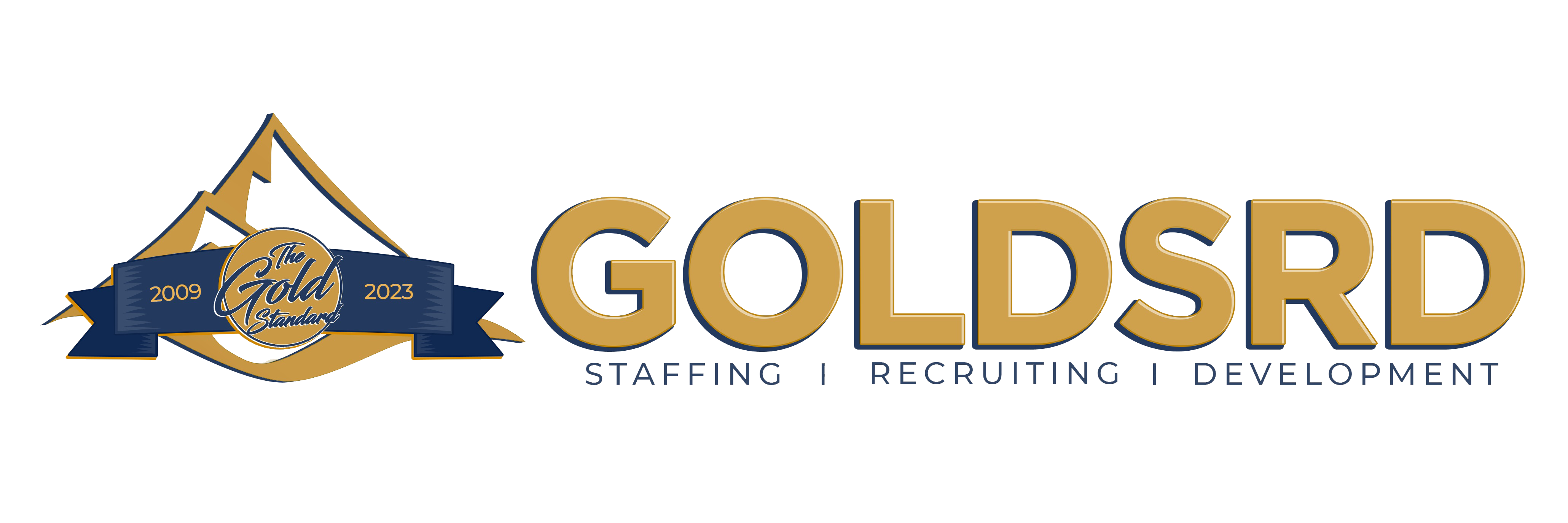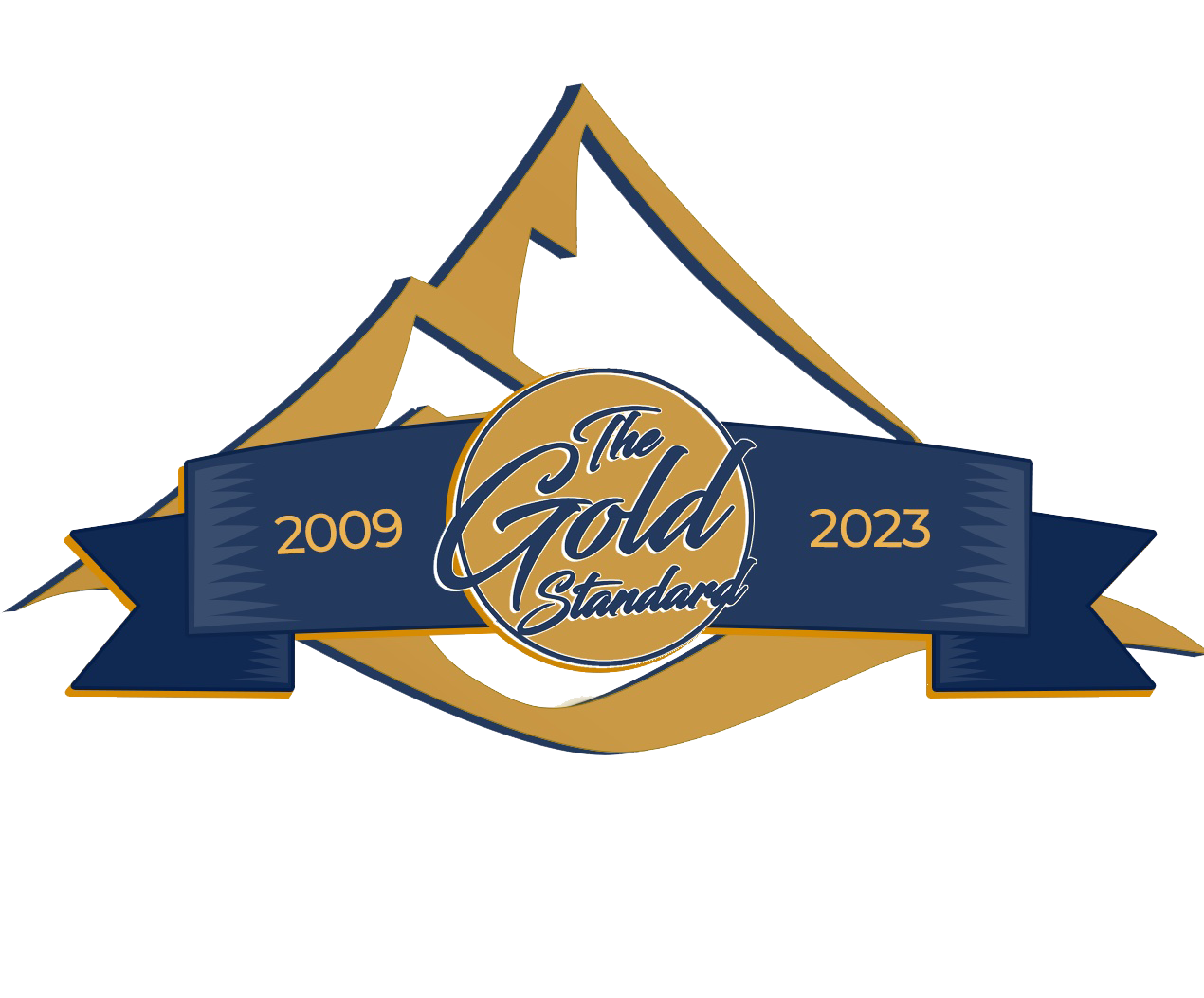Optimized Critical Thinking
Seminar Overview
A One Day Detailed Course on Getting the Most of our Auditors and Thinking Outside the Box
Critical Thinking is defined as a type of reasonable, reflective thinking that is aimed at deciding what to believe or what to do. It is a way of deciding whether a claim is always true, sometimes true, partly true, or false. Critical thinking is an important component of most professions, especially in specialized fields such as the medical field, air travel and any specific science, including internal audit. As auditors, the ability to optimize our critical thinking skills will assist in distinguishing auditors as value-added employees to an organization. This one-day course will assist attendees in understanding the concepts of critical thinking and applying it to all aspects of the audit process.
Who Should Attend
Learning Objectives
- Understand the basics of critical thinking, including definitions and terms
- Learn the importance of critical thinking and how it can help distinguish the audit department
- Learn the key steps in the critical thinking process and how to sell changes to the organization
Agenda
I. Course Introduction and Background
II. What is Critical Thinking?
a. Definitions of Critical Thinking
b. Connecting the Dots to the IIA Standards
c. Professional Judgment and Skepticism
d. Flow of Reasoning
III. The Critical Thinking Process
a. Misconceptions About Critical Thinking
b. What does Critical Thinking Look Like?
c. Characteristics of People who Excel at Critical Thinking
d. Major Components of Critical Thinking
IV. Critical Thinking Throughout the Audit Process
a. Audit Risk Assessment
i. Auditee Assessment
b. Preliminary Audit Work
i. Assessment of Current State
ii. Utilization of all Information and Resources
iii. Creation of Audit Work Programs
c. Audit Testing
i. Sufficiency of Evidence
ii. Assumptions
iii. Sample Selection
iv. Analysis of Audit Results
v. When to Expand Testing
vi. Self-?Review of Workpapers
d. Communicating and Reporting
i. Documentation of Findings
ii. Evaluating the Significance of Findings

